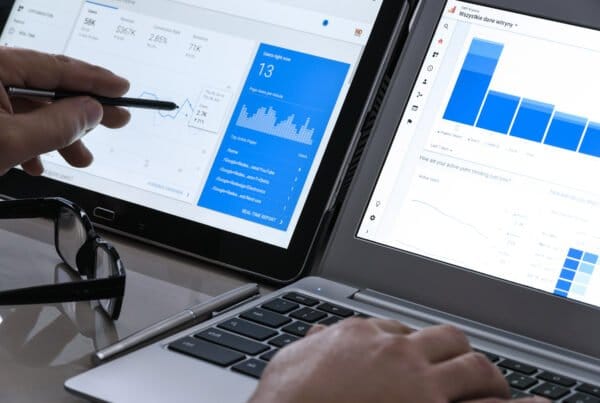How to Nail Those Landing Pages

The landing page is a bit like the hook in a novel. It is the first thing viewers see and must be engaging enough to want them to see more. Since no two people see things the same way, what may seem brilliant to you and your team, might be dull and meaningless to others. How can you know?
The answer is testing. Testing your marketing assets is crucial to ensure they work the way you want. That is true with most things like ads, blog posts, social media, and, of course, landing pages. Almost everything requires refinement and testing to know which tweaks will be more effective. So how does one go about testing a landing page? Here are some tips.
What Is the Purpose of a Landing Page?

Landing pages work like sales pitches. They motivate the viewer to build a relationship with a brand by offering them something.
According to Hubspot, for every 10,000 viewers on your landing page, only 1,000 become leads or customers. That is 9,000 missed opportunities. And it might be because the landing page failed to deliver.
How Do You Know When the Landing Page is a Miss?

Look at the results you are getting from it:
- Do you have a low conversion rate?
- You are getting low-quality leads.
- Viewers stay on the website for just seconds and then bounce out.
- Your landing page consists mostly of test copy.
If you see any of these flags, it is time to troubleshoot.
The Rules of a Good Landing Page

Landing pages don’t have to be complicated. You simply need to follow some rules when designing them. If you check all the boxes, the page should be effective.
Build It Right, and They Will Come
The call to action (CTA) leading them to your landing page should follow a set purpose and make sense. You can think of potential conversions as cold or hot. A cold conversion is someone that has a passing interest in your brand. Perhaps they have never heard of it, but an ad grabs their attention. A hot conversion is someone who already knows what they want.
You should set up your call to action to draw in the right kind of traffic. For example, if you post a call to action on a Facebook ad and someone clicks, they likely have a passing interest. If someone from a particular interest group clicks on a demo link, they know what they want. If you put that same demo link on the ad read by someone with a passing interest, they probably will ignore it.
CTA, by design, provides motivation. Someone who has never heard of your brand is likely to respond to the word “free” better than “demo.” They don’t want to demo something they know nothing about, but they probably want something free.
- Get a 14-day Free Trial.
- Demo our product for 14 days
One of these lines is more likely to draw in a cold conversion. Both will draw in a hot one.
Drop Some Breadcrumbs

Once that person clicks that CTA to bring them to the brand’s landing page, your next step is to get information. There is a lot of psychology that goes into forms. That is where the breadcrumb technique comes into play.
The idea is to drop breadcrumbs and lead them into giving you information instead of presenting a long, complicated form to fill out. Start by piquing their interest.
For example, a construction company offering a free price quote for a kitchen makeover might start by asking them for the square feet of the room. Then follow up with are you looking to replace the appliances? Do you want a quote for both?
The goal is to show them you have the expertise to do the job and get them thinking at the same time. Keep the questions short and on point. Once they click the button to continue, you can bring up a form to gather contact information to send them their free quote. By offering multiple forms, you draw them in without stressing them out by requiring them to commit upfront.
Don’t Leave Them Hanging

After they follow the breadcrumbs, provide confirmation, thank them, and then give them what you promised. If clicking on the thank you page doesn’t lead them to the prize, provide them with information on when to expect it. You might bring up a calendar widget and let them schedule an appointment or just tell them someone will contact them in 24 hours at the number they gave.
If you leave them hanging, you kill the momentum created by the breadcrumbs.
Now Run Some Tests

You could test the landing page in several ways to see if it is effective. One option is to set up two pages using two designs and see which gets the most hits. You might offer different colors and fonts. Maybe you change the wording.
You could also change the offers. For example, maybe on one page, you offer a quote for a makeover, and on another, you schedule an in-person design consultation. A/B testing like this can help you pinpoint the most effective style for the landing page.
Spend time looking over the metrics, as well. It is possible neither page gives you want you to need, so you have to take a different approach. You won’t know if you don’t analyze your landing page results.
Ask Some Questions

Suppose you are not sure what will get viewers interested in your brand, set up a survey to find out. Provide a targeted audience with a reward or incentive to complete the survey. Make sure to keep it short and give them a chance to share their views with an open-ended comments section. Viewers might have ideas that didn’t occur to you.
If you are struggling to set up successful landing pages, let us help. Contact Vinci Digital Marketing today to get a free consultation.











